Warner Bros has just released a behind-the-scenes (BTS) video for the highly anticipated Formula 1 movie, titled F1. This film, directed by Top Gun: Maverick visionary Joseph Kosinski, is set to revolutionize action cinematography by integrating seven(!) bespoke Sony compact cinema cameras with pan capabilities directly inside a Formula 1 (or ‘2’) race car. These cameras were first revealed by Y.M.Cinema Magazine, highlighting a massive leap forward in immersive filmmaking.
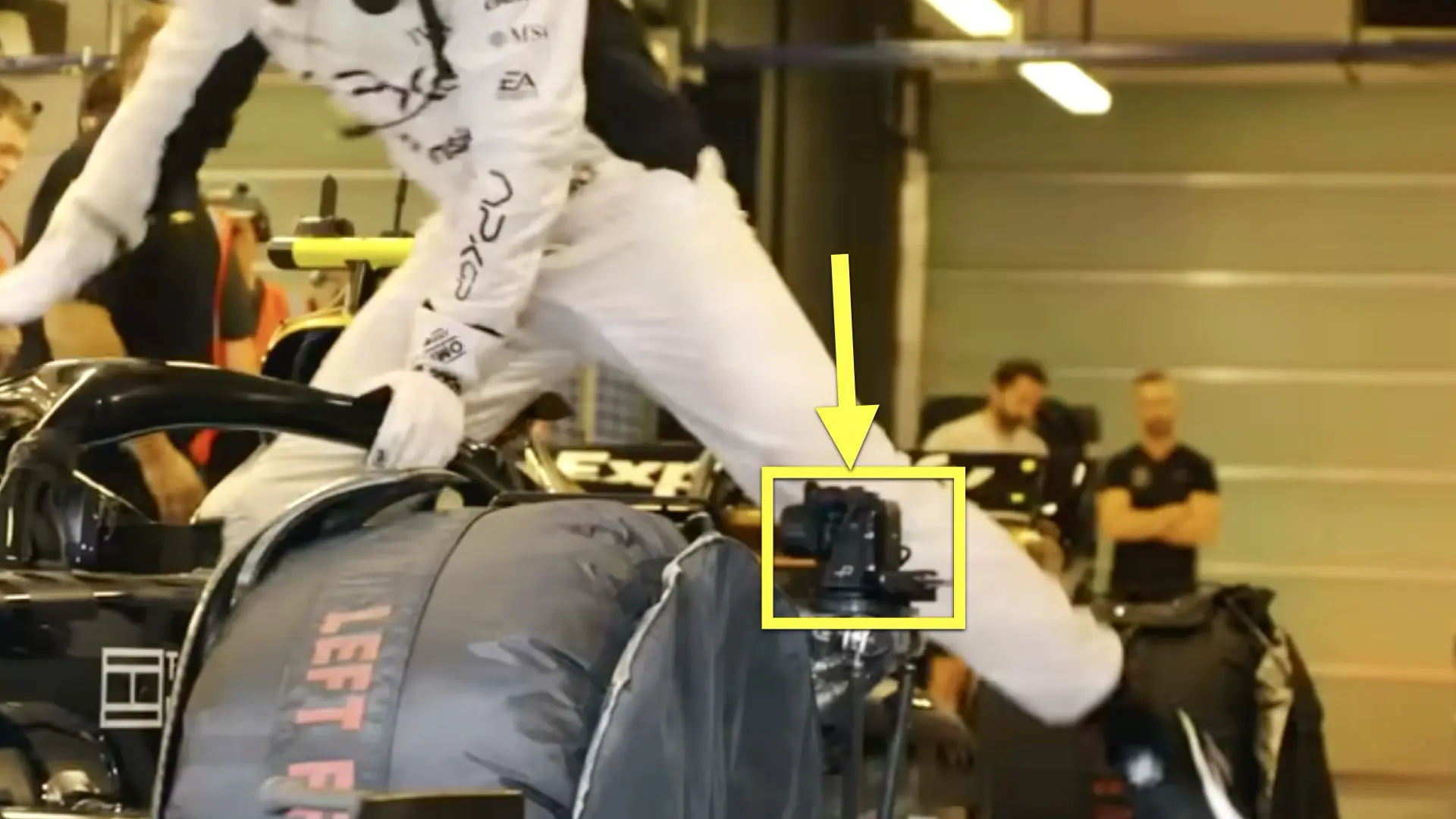
Revolutionizing In-Car Cinematography
The integration of these custom-designed Sony 6K cinema cameras marks a significant milestone in capturing high-speed motorsport action. Unlike traditional static mounts, these cameras are equipped with pan-tilt-zoom (PTZ) functionalities, allowing for dynamic movement and remote control. This setup enables the filmmakers to capture multiple angles at speeds exceeding 200 mph, offering audiences an unparalleled perspective from within the cockpit. This approach was demonstrated on previous article regarding F1 cinematography, such as the four 6K cinema cameras used inside an F1 cockpit, as well as the Sony VENICE 2 Rialto 2 units deployed in a race car environment, as reported by Y.M.Cinema Magazine.
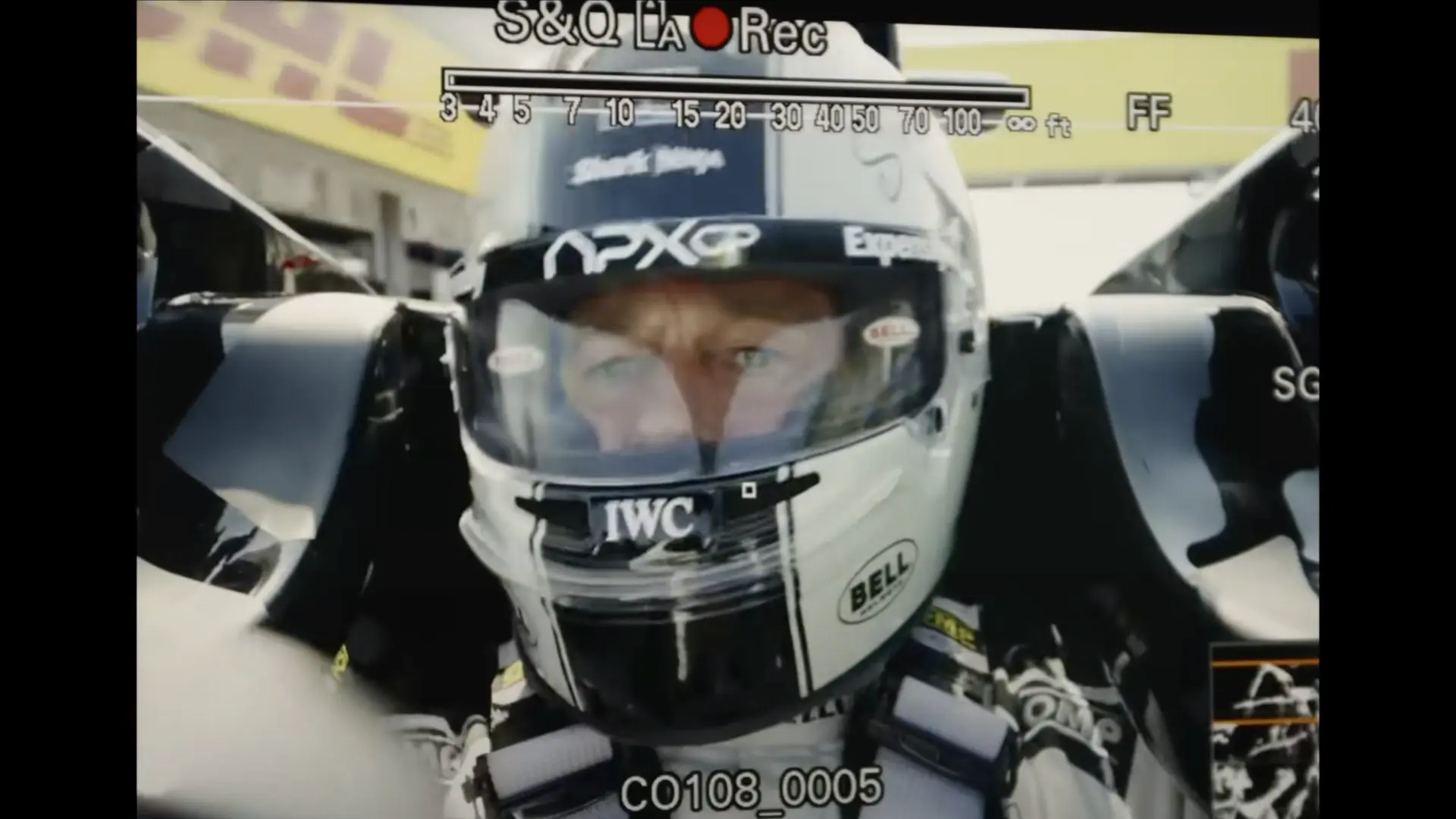
From Top Gun: Maverick to Apex: Taking Cinematography to the Next Level
Director Joseph Kosinski and cinematographer Claudio Miranda, the duo behind Top Gun: Maverick, are taking their high-speed cinematography expertise from the skies to the racetrack. In Top Gun: Maverick, they mounted Sony VENICE Rialto units inside fighter jet cockpits to create breathtaking aerial sequences. For F1, they wanted to push the limits even further by designing even more compact and versatile camera systems tailored for the confined and dynamic environment of a Formula 1 car (well, it’s actually a Formula 2 car). As Kosinski revealed, these Sony cameras represent the “next generation” of technology beyond what was used in Top Gun: Maverick (source). With Formula 1 cars being even more extreme than fighter jets in terms of cockpit vibration and unpredictability, these bespoke cameras had to be custom-engineered to withstand the immense forces and speeds of F1 racing.
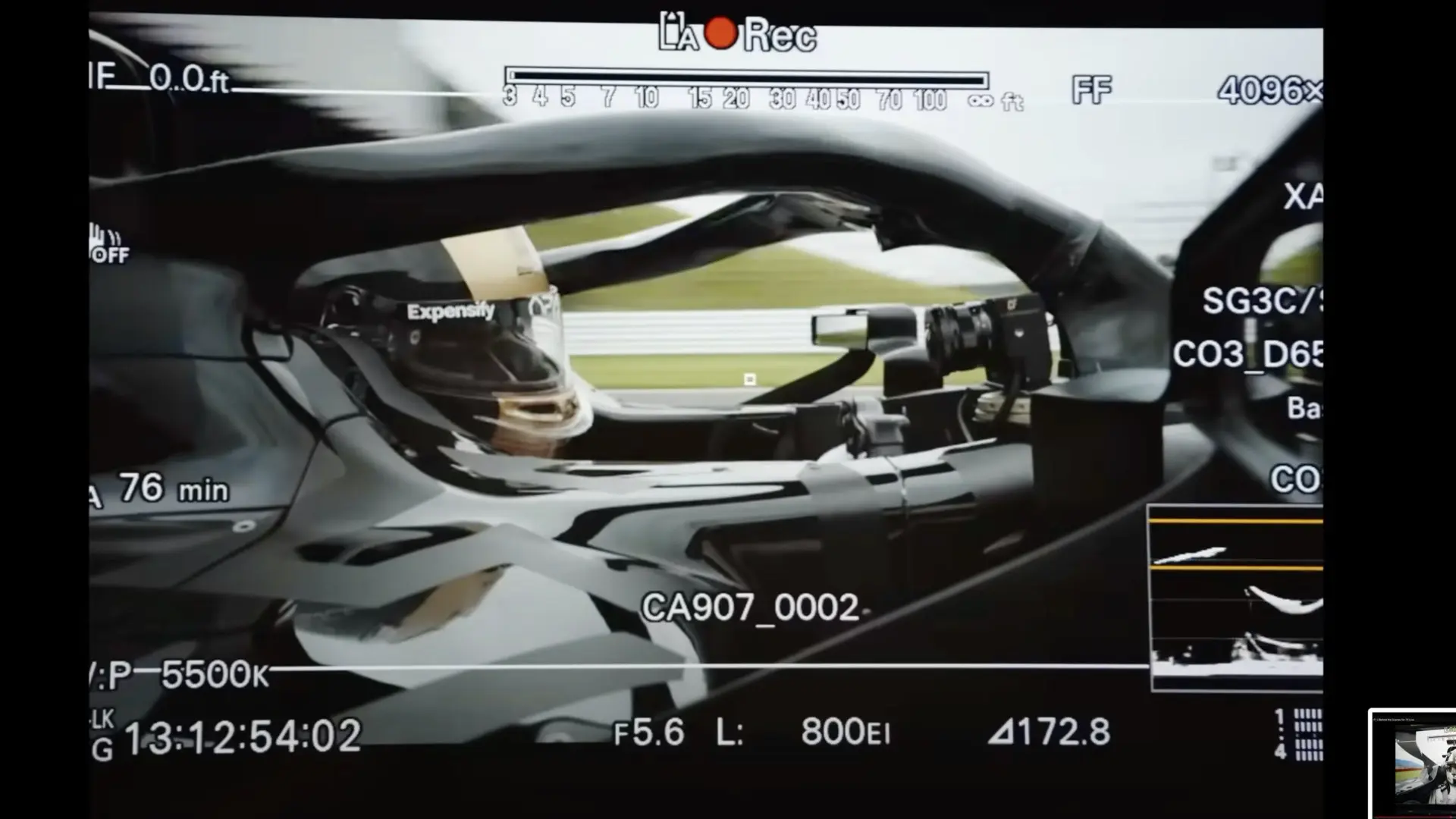
The Bespoke Sony 6K Cinema Cameras
The development of these specialized cameras was a meticulous process. Over 18 months, the team engineered what they describe as “the smallest moveable 6K camera ever designed to take the viewer into the cockpit.” This innovation allows for capturing the intense environment of Formula 1 racing from within the car, providing audiences with a visceral sense of speed and G-forces. The first hints of these bespoke cameras surfaced when an unknown Sony action-style cinema camera was spotted on set, as noted in this Y.M.Cinema Magazine report. Later, it was confirmed that Sony had designed new compact cameras specifically for the F1 film, refining their capabilities to match the extreme demands of motorsports cinematography.
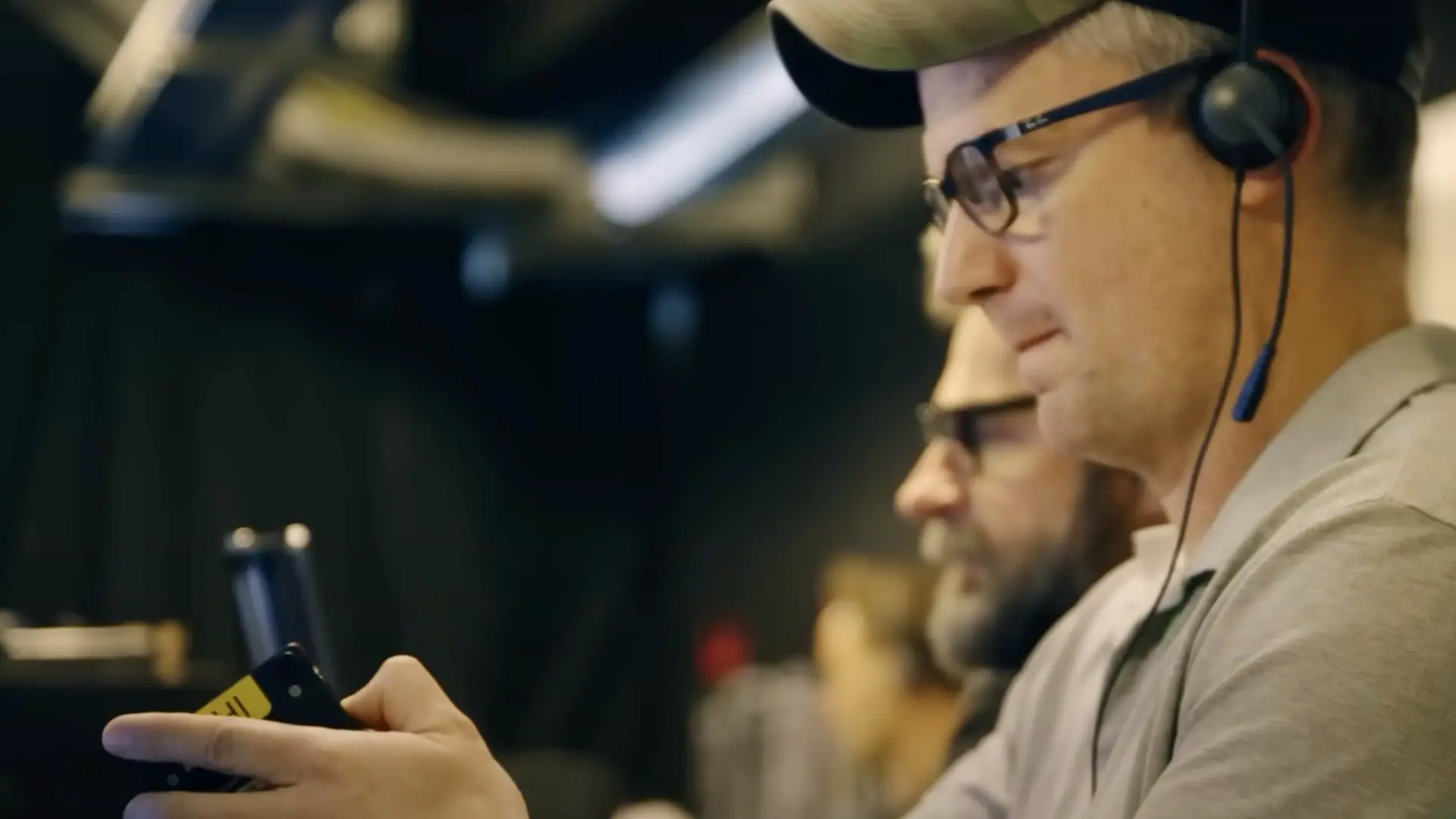
Codec and Image Quality: The Use of XAVC-I
The BTS footage also confirms that the cameras inside the Formula 1 race car utilize the XAVC-I codec, Sony’s high-efficiency intra-frame format. XAVC-I is known for maintaining high image fidelity while optimizing storage efficiency, making it a preferred choice for high-end cinema production. This codec ensures that the immense detail and dynamic range captured by the bespoke Sony cameras can be preserved while allowing for flexible post-production workflows. The use of XAVC-I highlights Sony’s commitment to delivering top-tier cinematic quality, even in the extreme conditions of Formula 1 racing. It’s the very same codec utiliosed inside the jet fighter on Top Gun: Maverick.
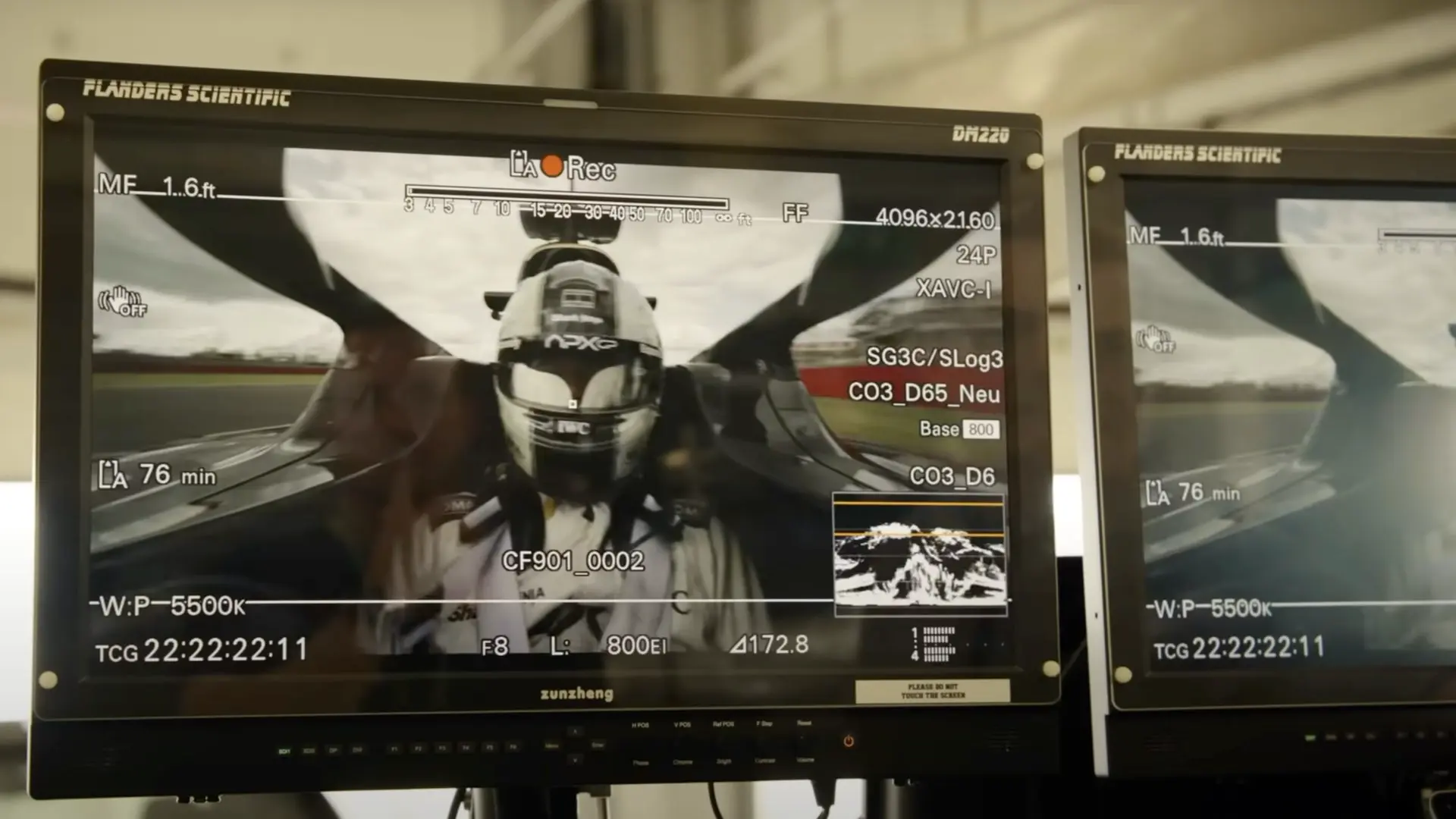
IMAX and DJI Ronin 4D: A Blend of Cutting-Edge Tools
Apart from the bespoke Sony cameras, the filmmakers are also utilizing the DJI Ronin 4D, a revolutionary gimbal-stabilized camera, to capture additional action shots. As highlighted by Y.M.Cinema Magazine, the Ronin 4D’s built-in stabilization and 4-axis movement make it perfect for capturing high-speed racing sequences, offering greater flexibility for dynamic tracking shots. Additionally, the film is being shot for IMAX, ensuring a cinematic spectacle with unparalleled detail and depth. The combination of IMAX certified cameras (in that case – the Sony VENICE), the DJI Ronin 4D, and the bespoke Sony compact cameras promises to create one of the most visually immersive racing films ever made.
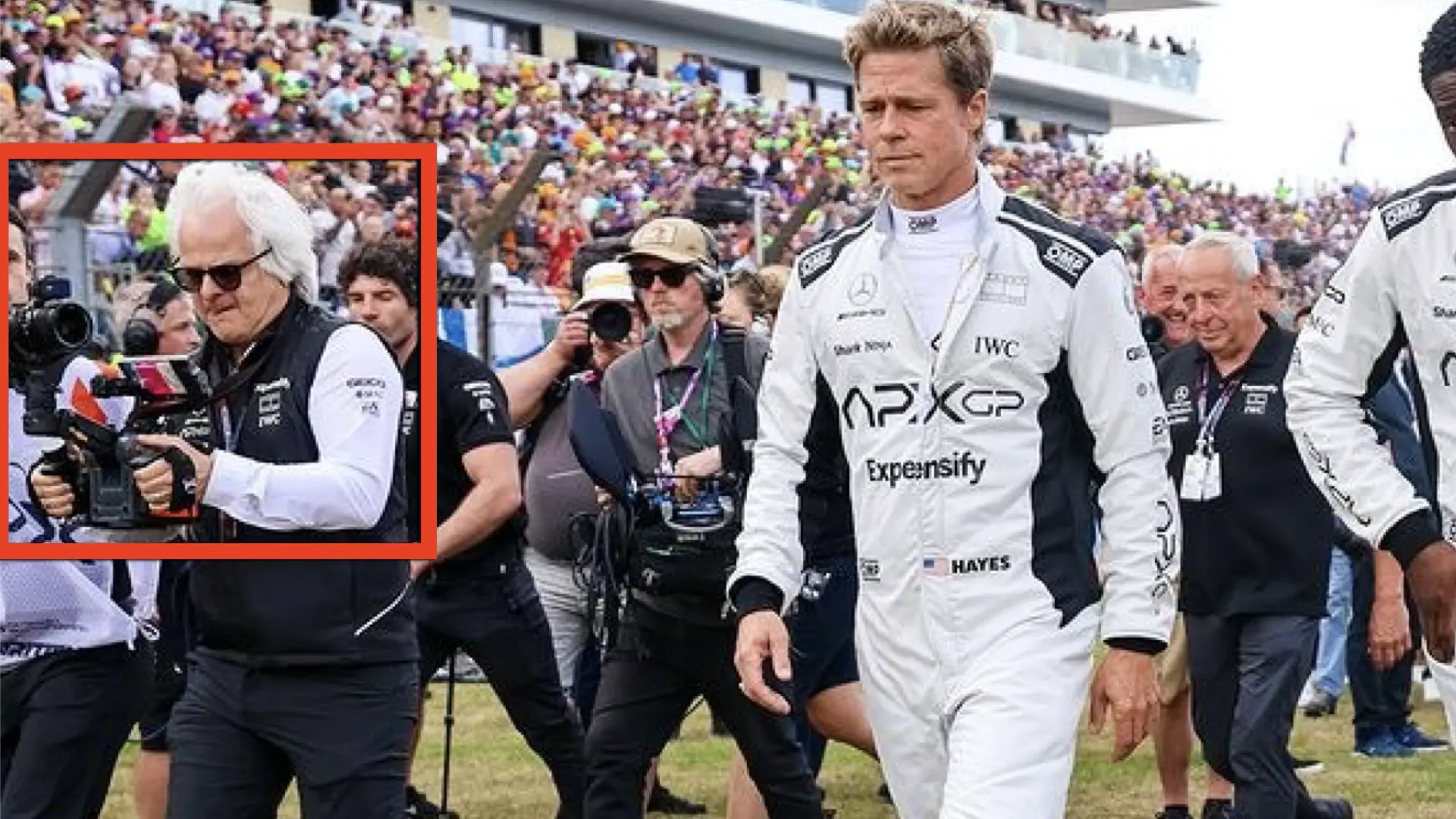
The Future of Motorsport Cinematography
This groundbreaking cinematography approach is set to redefine how racing films are made. The ability to place multiple high-quality, remote-controlled cameras within a Formula 1 car will allow for perspectives never before possible in motorsport filmmaking. By seamlessly integrating these cameras with the latest in stabilization and IMAX technology, F1 is on track to set a new benchmark for racing films. This innovation also hints at the future of action filmmaking. With Sony continuously developing new compact cinema cameras for extreme environments—such as the one spotted earlier in the film’s production (source)—the potential for similarly immersive cinematography in other action-packed genres is immense.
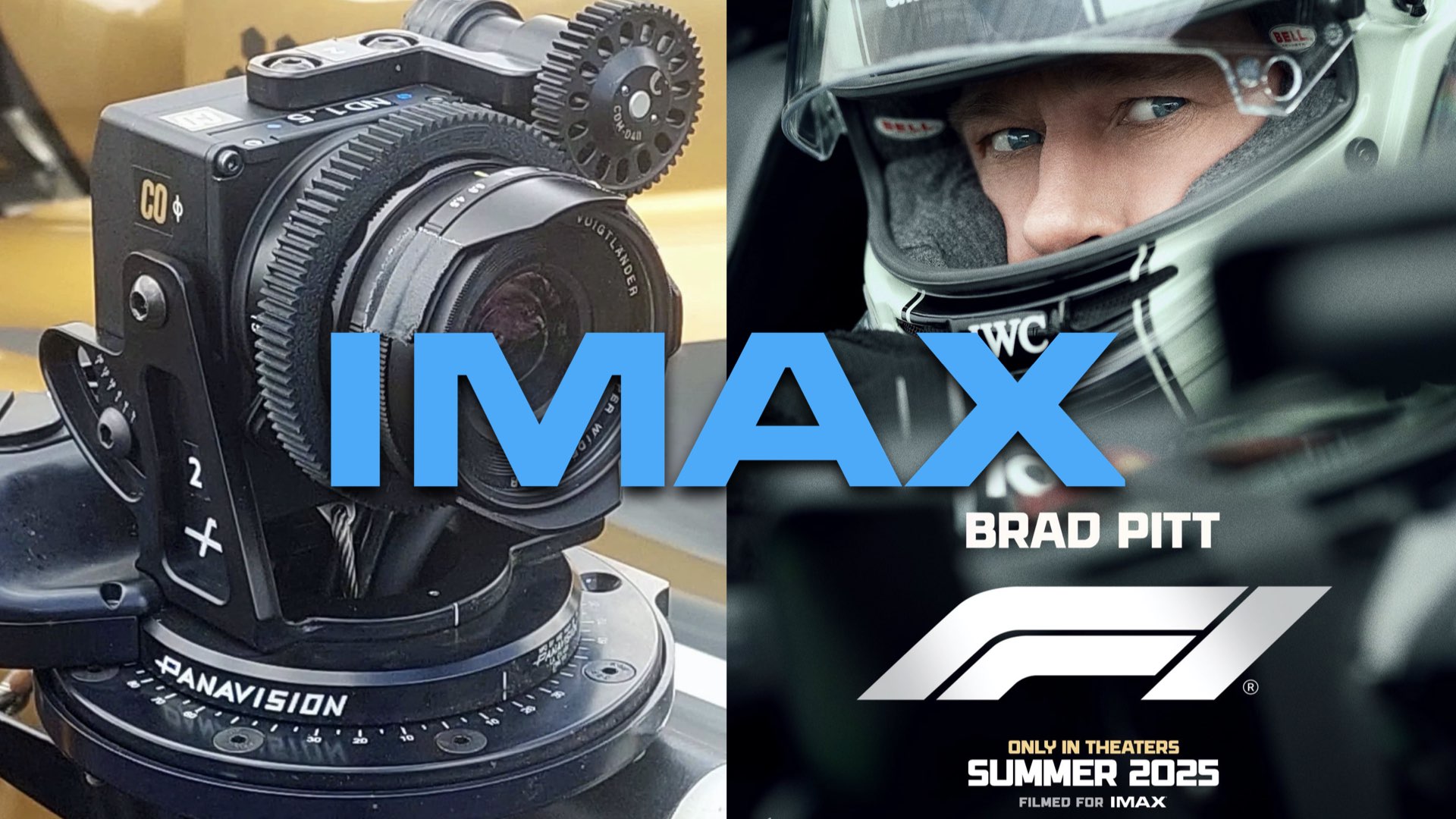
Conclusion
The upcoming F1 film is poised to be a game-changer in action cinematography, blending cutting-edge technology with the creative vision of Joseph Kosinski and Claudio Miranda. The use of 7 bespoke Sony 6K compact cinema cameras with pan capabilities, combined with DJI Ronin 4D stabilization and IMAX certified cameras, ensures that this film will deliver an unprecedented cinematic experience for motorsport enthusiasts and moviegoers alike. Building on the lessons learned from Top Gun: Maverick, the filmmakers have once again pushed the boundaries of what’s possible in immersive action filmmaking. With this level of innovation, F1 is set to become one of the most visually groundbreaking racing films ever made, redefining how audiences experience speed, motion, and the thrill of Formula 1. Check out the BTS video below:

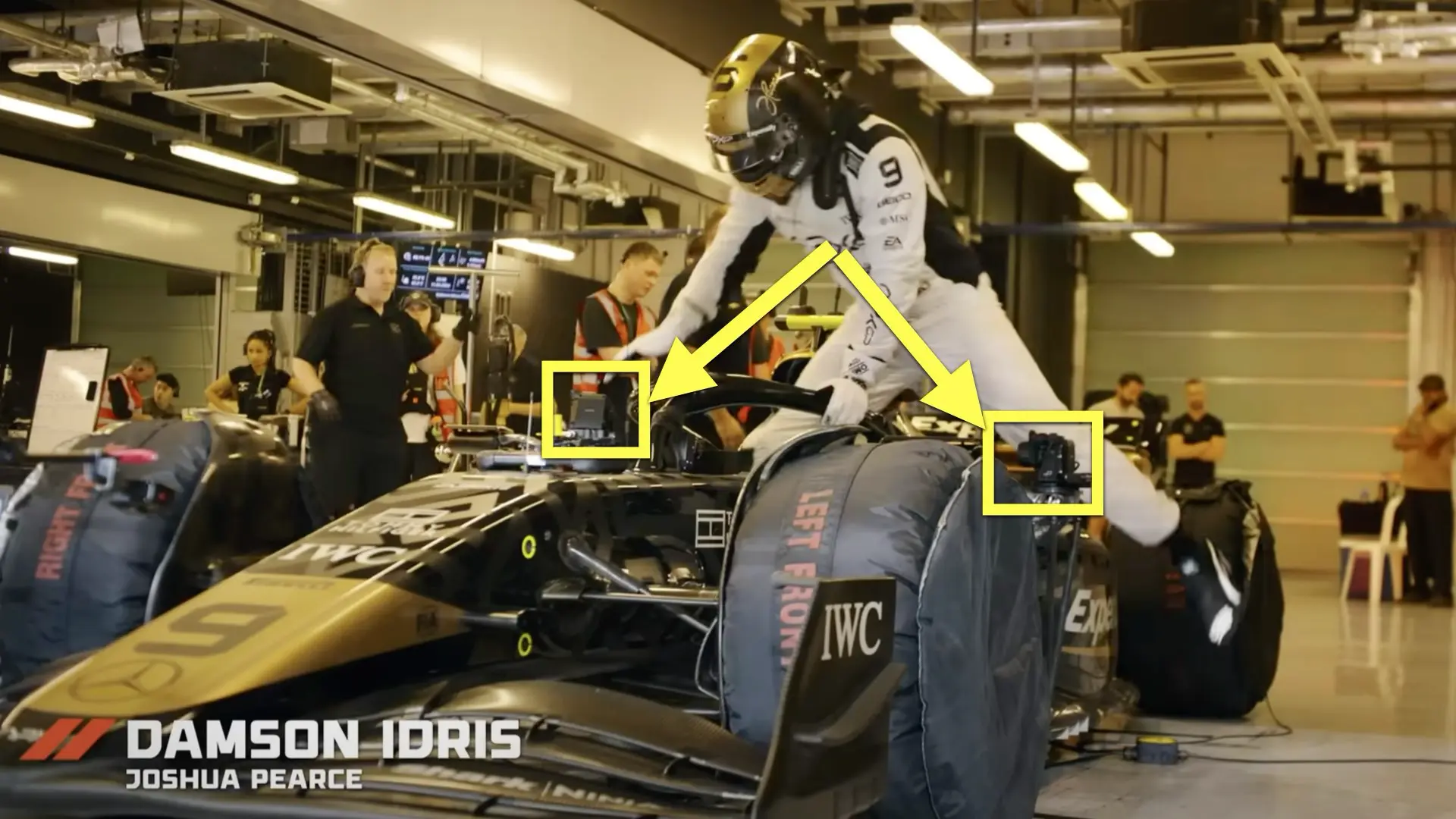
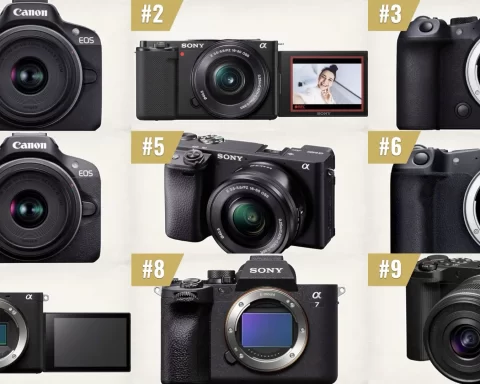
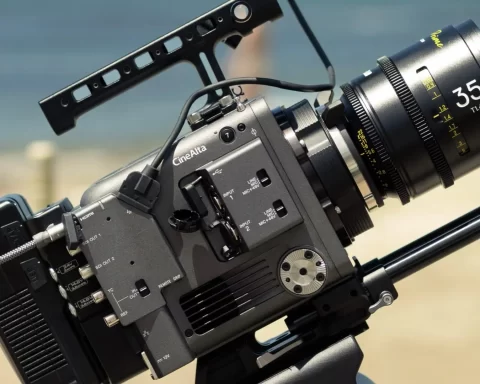
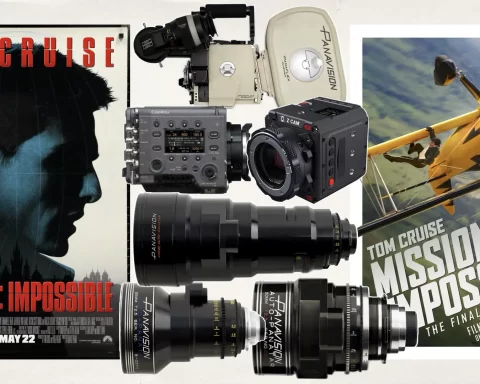
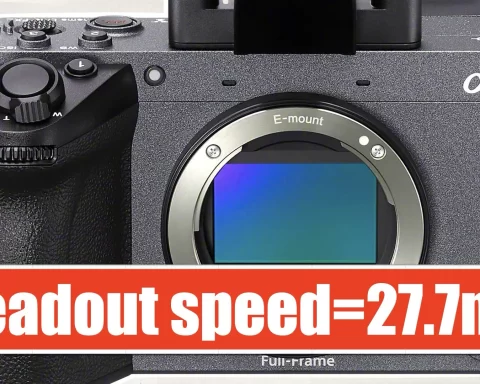
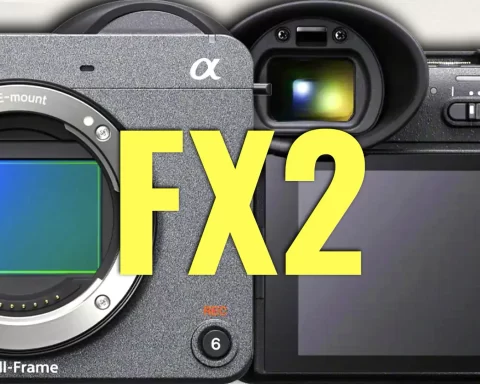
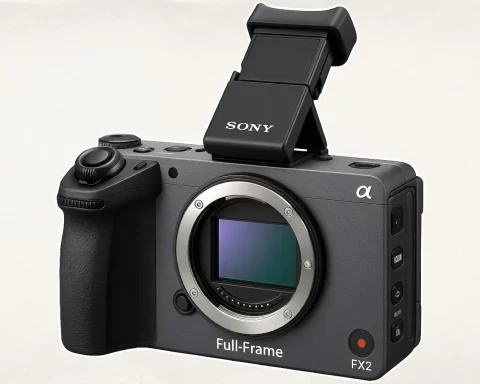
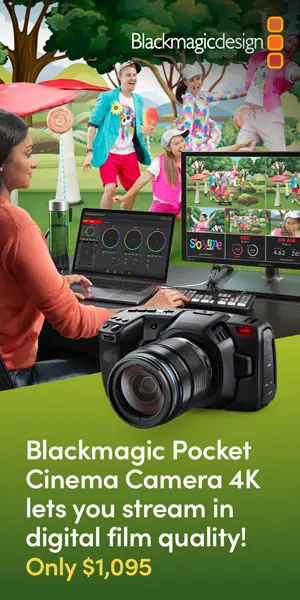
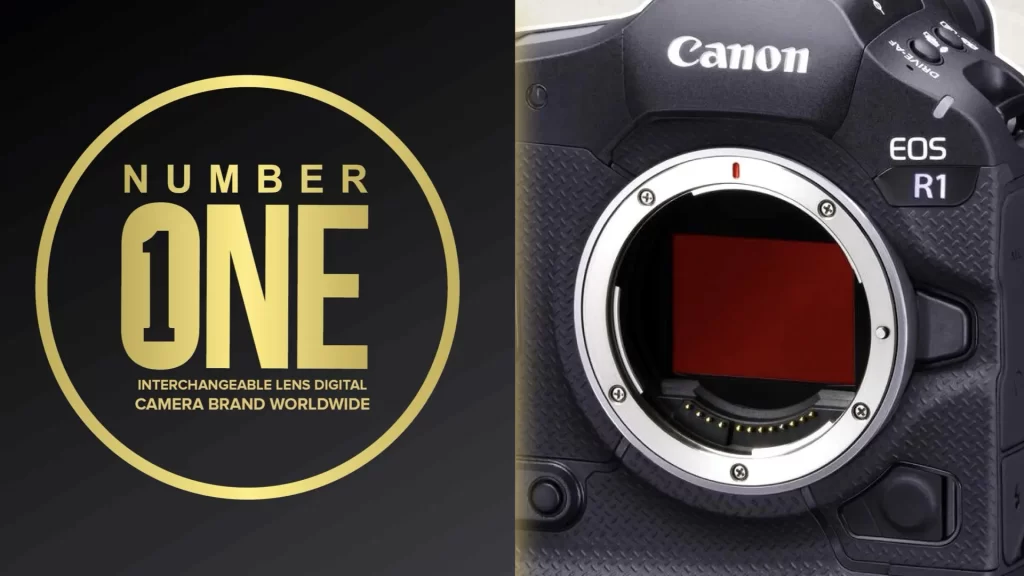
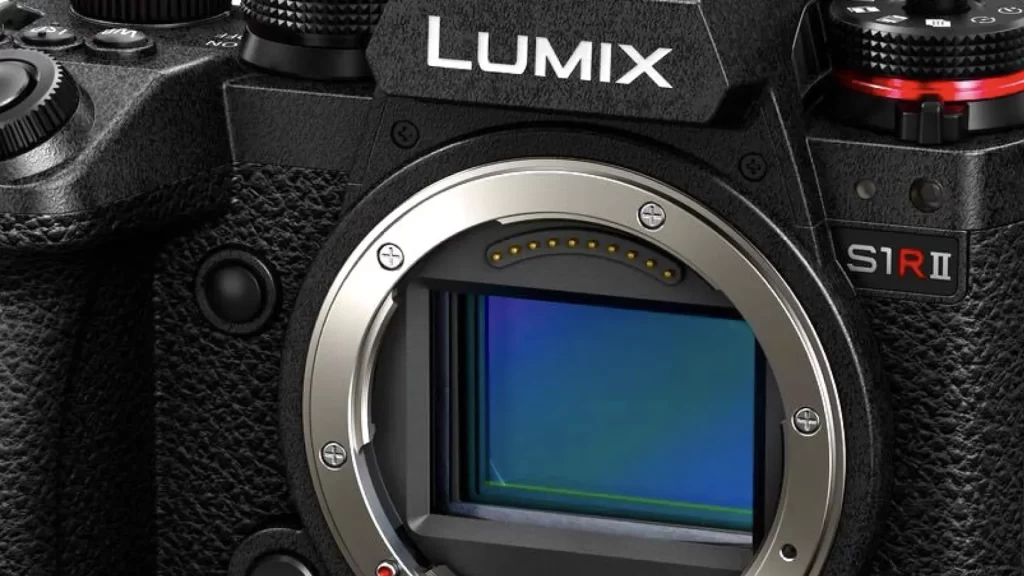
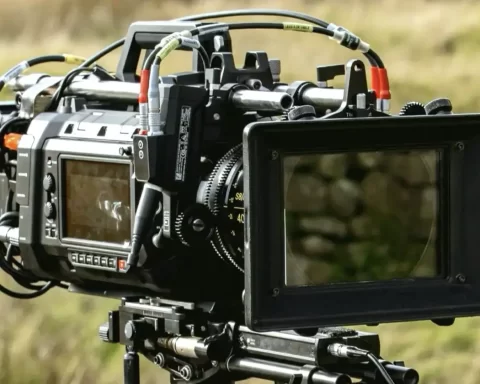
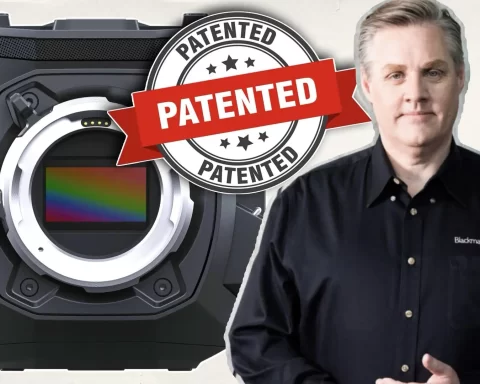
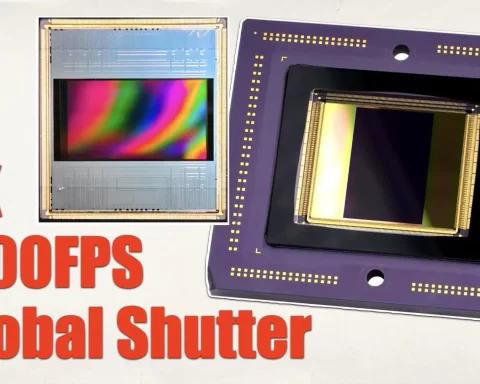


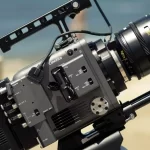
I’m always wary of films on Formula 1 made by non-European people. They always seem to confuse that with IndyCar.